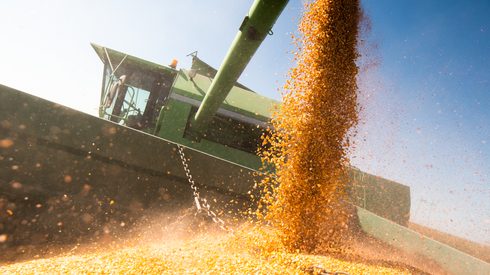Ukrainian farmers are expected to decrease their spring plantings in 2023 amid financial difficulties caused by the Russian invasion and compounded by the inability to sell their product at competitive prices on the global market, the president of the country’s Agribusiness Club has said at an industry event.
Lingering issues with the operation of the Black Sea grains corridor means Ukrainian product still needs to discount in order to attract business – but the pressure on farmers’ margins means even the sowing of 50% of the potential planted areas was an “optimistic scenario.”
“Agrarians face a critical situation with working capital. Banks do not give farmers new loans; only the extension of current loans to farmers is taking place. Also, the suppliers of inputs almost do not provide trade financing for the Ukrainian farmers,” Alex Lissitsa, president of the Ukrainian Agribusiness Club (UCAB), said.
He also noted that the agricultural sector was losing funds due to the difference in currency rates and non-return of VAT.
As such, wheat and corn farmers produce with no profits, and active losses in many cases, while sunflower and rapeseed show zero profitability.
As an example, the cost of production for winter wheat with a yield of 6.5 tonnes per hectare comes in at $186 per tonne, while currently, purchase prices in the port of Odesa are at around $170 per tonne for feed wheat and $210 per tonne for milling grades.
Reduced demand due to uncertainty in ports puts cap on prices
Natalia Shpygotska, a senior analyst at Dragon Capital, also noted that it is difficult for farmers to restore the liquidity they would use for the 2023 sowing season due to low purchase prices.
According to her data, on average, grain prices in autumn were 50% lower than at the same point last year.
The stable export of grain, which supports prices in the coming months, guarantees farmers’ financial situation to carry out the 2023 sowing season, but for now, shipment uncertainty is still highly felt within the market, despite the extension of the corridor deal.
As such, trading activity has not increased, and prices have been capped and show little signs of improvement in the country, as Ukraine’s production still needs to compete with the global market.
Thus domestic prices are also left largely unchanged and, in some instances, have dropped amid lower demand. This is not helping producers, who have to see a stable income to guarantee financing for the next crop campaign.





